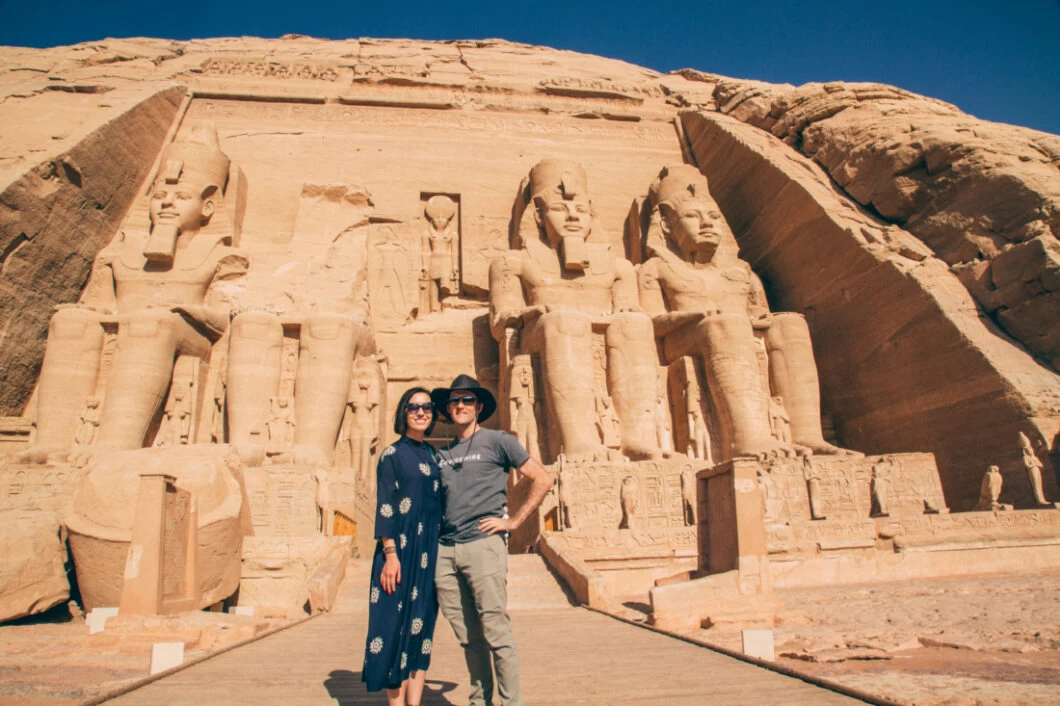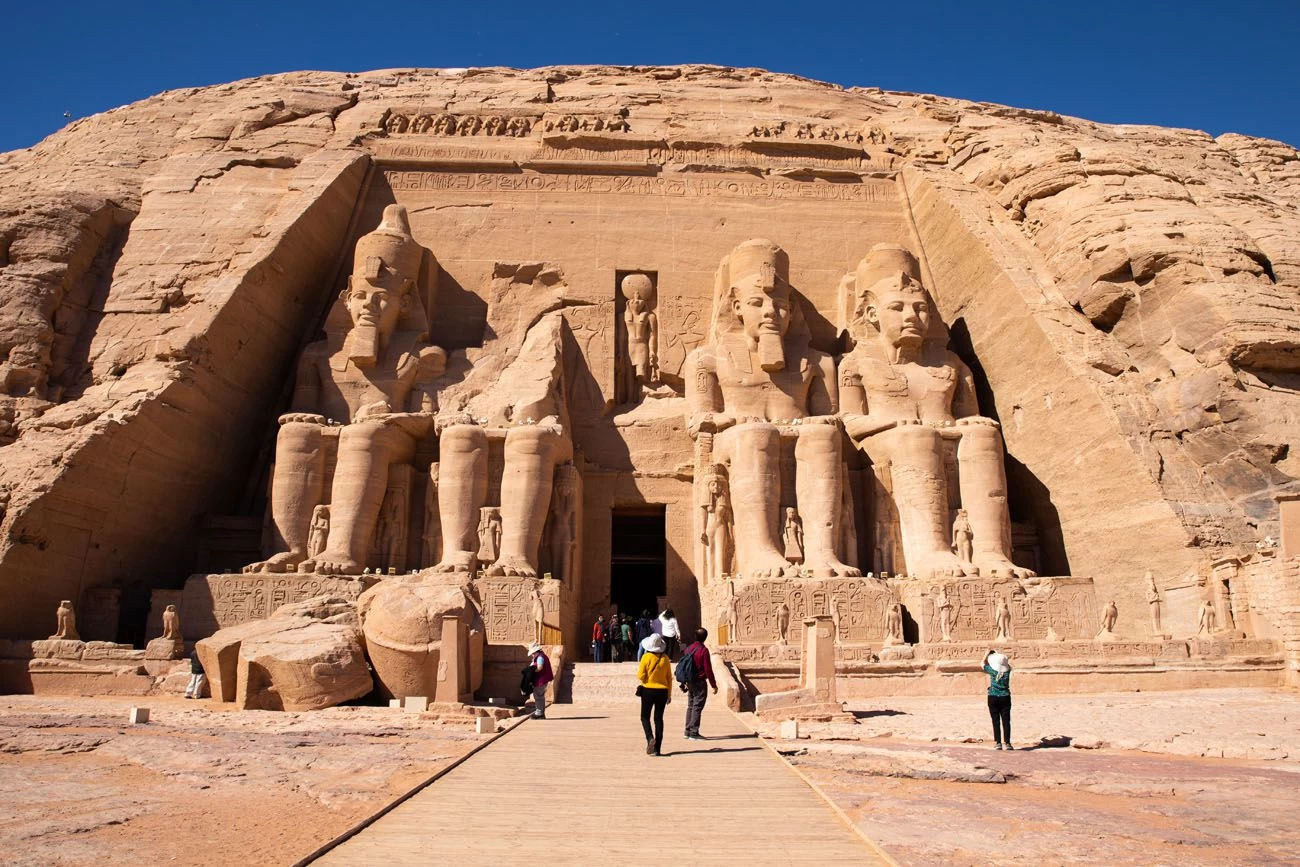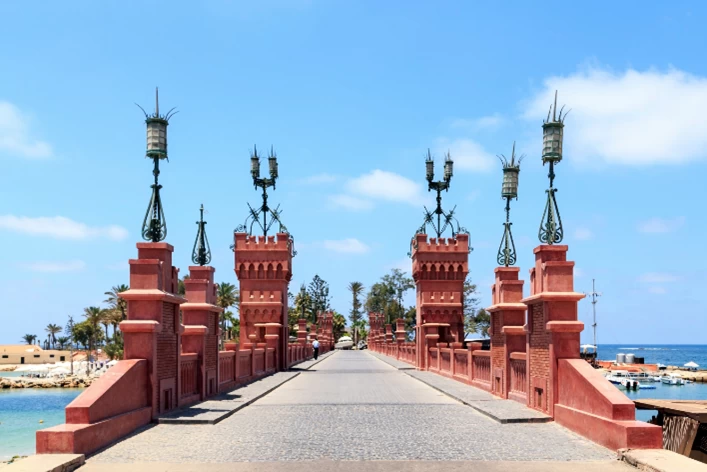Aswan Attractions

Discover the Top Attractions in Aswan: A Gateway to Ancient Wonders
Introduction: A City of Timeless Heritage
Aswan, located in southern Egypt on the eastern bank of the Nile River, is one of the oldest cities in the country and has played a crucial role throughout Egypt’s history. Known in ancient times as Swenet, it served as Egypt's southern frontier and a vital trade gateway with Africa. The city was a strategic military outpost and a major supplier of granite used in temples, statues, and obelisks across Egypt. Today, Aswan remains a cultural treasure, blending ancient heritage with modern charm.
Situated about 890 kilometers (approximately 553 miles) south of Cairo, Aswan is easily accessible by plane, train, or Nile cruise. With a population of around 350,000 people, it is the administrative center of the Aswan Governorate. The city is famed for its warm climate, relaxed atmosphere, and stunning Nile views, making it a popular destination for travelers seeking both historical insight and natural beauty.
1. Philae Temple
The Temple of Philae, dedicated to the goddess Isis, is a remarkable example of Greco-Roman Egyptian architecture. The temple complex originally stood on Philae Island, but was relocated to Agilkia Island in the 1960s as part of the UNESCO Nubia Campaign to save monuments from flooding caused by the Aswan High Dam.
Philae is known for its elegant columns, relief carvings, and sacred atmosphere. Visitors can explore chapels dedicated to Hathor and Horus, a monumental first pylon, and the grand colonnaded courtyard. The Sound and Light Show, held at night, offers an immersive storytelling experience of the myth of Isis and Osiris.
2. Abu Simbel Temples
About 280 kilometers south of Aswan lies one of Egypt’s most iconic archaeological sites: the Abu Simbel Temples. Built by Ramses II in the 13th century BCE, the site features two rock-hewn temples—one honoring himself and the other his wife, Queen Nefertari.
The larger temple is famed for its four colossal seated statues of Ramses II and its solar alignment: twice a year (on February 22 and October 22), sunlight penetrates the sanctuary to illuminate the statues within. The temples were relocated block by block to higher ground during the 1960s to prevent submersion in Lake Nasser.
3. Aswan High Dam
Completed in 1970, the Aswan High Dam revolutionized Egypt’s water management. It regulates the annual flooding of the Nile, supports irrigation and agriculture, and generates hydroelectric power. The dam created Lake Nasser, one of the world’s largest man-made lakes, which stretches into Sudan.
Visitors can view the massive dam structure, learn about its role in modern Egypt’s development, and enjoy panoramic views of the surrounding desert and lake. A monument commemorating Egyptian-Soviet cooperation stands nearby.
4. Nubian Village
A visit to a Nubian village offers a cultural immersion into one of Egypt’s oldest civilizations. Located on the west bank of the Nile or near Elephantine Island, these villages are distinguished by their brightly painted homes, warm hospitality, and unique traditions.
Visitors can tour local houses, sample Nubian cuisine, watch traditional performances, and even visit schools and community centers. Local markets offer handcrafted jewelry, textiles, spices, and decorative pottery—ideal for meaningful souvenirs.
5. Unfinished Obelisk
The Unfinished Obelisk lies in a granite quarry within Aswan and offers a rare glimpse into ancient Egyptian stone-working techniques. Believed to have been commissioned by Queen Hatshepsut, the obelisk would have stood over 42 meters tall and weighed an estimated 1,200 tons had it been completed.
A visible crack halted its construction, preserving a snapshot of how obelisks were shaped directly from the bedrock using dolerite pounding stones. The site today functions as an open-air museum.
6. Elephantine Island
Elephantine Island, named for its shape and ancient ivory trade, has been inhabited since the 3rd millennium BCE. It was the site of a major temple to Khnum, the ram-headed god of the Nile’s source.
The island contains ruins from the Old Kingdom through the Roman period, including a Nilometer—used to measure Nile flood levels. The island is home to the Aswan Museum, a botanical garden, and traditional Nubian communities still residing in the area. It can be reached by ferry from the Aswan Corniche.
7. Kitchener's Island
Also known as the Aswan Botanical Garden, Kitchener’s Island was gifted to Lord Horatio Kitchener in the 1890s during his time as Consul-General of Egypt. He transformed the island into a lush paradise filled with exotic flora from Asia, Africa, and India.
Today, the garden offers shaded paths, tranquil views, and a peaceful escape from the city. It’s a favorite for birdwatchers, botany enthusiasts, and those seeking a relaxing break.
8. Tombs of the Nobles
Located on the west bank of the Nile, the Tombs of the Nobles contain the burial sites of high-ranking officials from the Old and Middle Kingdoms. These rock-cut tombs feature well-preserved hieroglyphic inscriptions and wall paintings that depict daily life, hunting scenes, and religious rituals.
Notable tombs include those of Mekhu and Sabni, who governed Elephantine and led military campaigns into Nubia. A climb up the hill offers excellent panoramic views of Aswan and the Nile below.
9. Kom Ombo Temple
Located about 50 km north of Aswan, the Temple of Kom Ombo is unique for its dual dedication: one side honors Sobek, the crocodile god, and the other Horus the Elder, the falcon god.
Built during the Ptolemaic period, the temple has symmetrical halls, duplicated sanctuaries, and detailed reliefs illustrating medical instruments, childbirth, and worship. The Crocodile Museum on site displays mummified crocodiles and explains their sacred status in ancient Egypt.
10. Felucca Ride on the Nile
A ride in a felucca, a traditional wooden sailboat, is a tranquil and scenic way to experience Aswan. These wind-powered vessels have been used on the Nile for centuries and offer a peaceful alternative to motorboats.
Felucca rides often pass by Elephantine Island, Kitchener’s Island, and the Mausoleum of Aga Khan. Sunset is the most popular time for a cruise, with golden light reflecting on the water and desert hills—ideal for photography and quiet contemplation.
Aswan is a treasure trove of history, culture, and natural beauty. From ancient temples to vibrant Nubian villages, every corner of this city tells a story. Whether you’re exploring the past or enjoying the tranquility of the Nile, Aswan is a destination that promises unforgettable memories. Plan your visit to Aswan and experience the magic of Egypt like never before!








